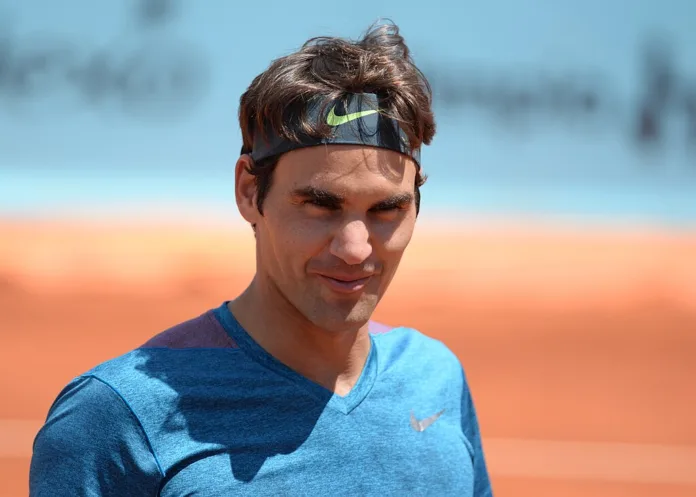Bob Moran denies Federer’s allegation that court speeds are adjusted to favour two stars
Roger Federer has provoked fresh debate in tennis after suggesting that tournament organisers might be slowing court surfaces to help stars such as Carlos Alcaraz and Jannik Sinner reach more finals. The Swiss great made the remarks on Andy Roddick’s podcast Served during the recent Laver Cup in San Francisco, and the comments have prompted a swift response from tournament officials.
Federer argued that directors seek a “safety net” by making surfaces slower, reasoning that slower courts reward consistency and lengthen rallies. “It’s for the weaker player,” he said, arguing that a slower court forces opponents to produce extra brilliant shots to beat players like Sinner, whereas a quick surface allows a player to win with a few well timed big shots. Federer added that organisers might quietly prefer finals that feature the biggest names.
Bob Moran, who runs major events in the United States including the big hard court tournaments in the summer swing, was emphatic in his rebuttal. He told reporters that trying to tilt surfaces in favour of particular players is not on the agenda. “Trying to create something that benefits certain players never goes through our head, not even close,” Moran said. He noted that players at his events have repeatedly described the courts as fast and that the objective has been consistency across tournaments from the Washington event through to the US major.
Embed from Getty Images
Moran insisted his priority has been to achieve predictable ball behaviour and court speed so players can plan and perform. He stressed that if organisers attempted to make surfaces markedly quicker, complaints would follow. “We would hear it, we would definitely hear it from the players,” he said, recalling that last year players described his courts as almost icy fast.
Data complicates the controversy. Analysis from court speed trackers indicates that, on average, surfaces across the tour have become faster since 2017. Even the quickest courts are still rated in the medium fast range, according to published metrics. That suggests the current trend points away from a deliberate slowing of courts.
Meanwhile, voices from the coaching community have added nuance to the debate. Patrick Mouratoglou, who coached Serena Williams, argued that slightly slower courts produce more engaging matches for fans. He suggested that too many aces and serve winners can become tedious, noting that an ace is a flash of action surrounded by long pauses. For many viewers, sustained rallies offer the drama that keeps attention.
The exchange between Federer and Moran highlights an underlying tension in modern tennis. Spectators clamour for thrilling exchanges and inventive point construction, while players who serve big and play aggressively fear a levelling that blunts variety. Tournament directors and player councils must balance those competing demands as they set ball types, court preparation and other variables.
Federer’s intervention has struck a chord because it taps into nostalgia for clear surface identities that once defined styles of play. But the evidence cited by organisers and independent trackers points to a more complex picture in which small adjustments and the evolution of player games shape outcomes more than conspiratorial surface tampering.
Whether the debate produces any concrete changes remains to be seen. For now, tournament chiefs insist fairness guides their choices and that consistency, not favouritism, underpins their decisions. The row does, however, raise a vital question for the sport: what balance of speed and spectacle will best serve the game and its fans as tennis moves forward?
